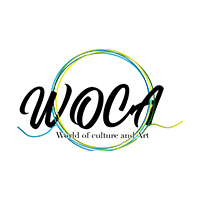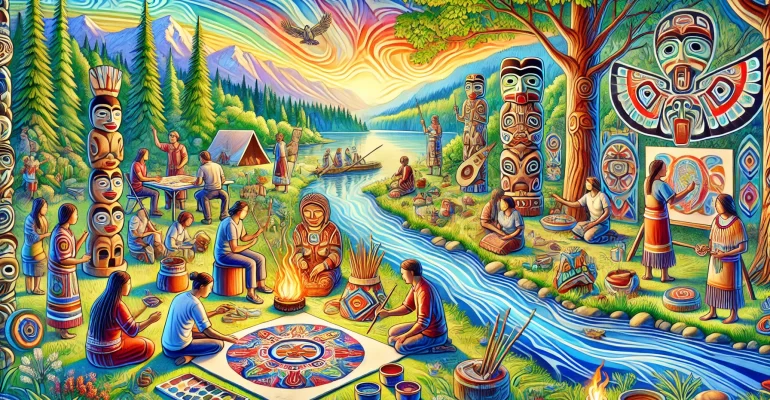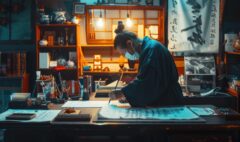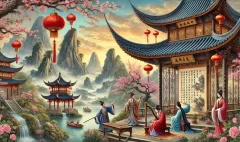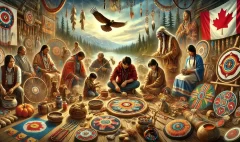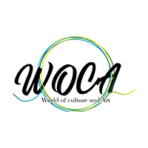Indigenous Art and Healing
Indigenous Art and Healing
Indigenous Art and Healing have always played a vital role in Indigenous communities, serving not only as a means of expression but also as a powerful tool for healing. The therapeutic role of Indigenous Art and Healing in Indigenous cultures is deeply rooted in tradition and spirituality, helping individuals and communities find balance, peace, and resilience.

The Therapeutic Role of Art in Indigenous Communities
Through Indigenous Art and Healing, people can reconnect to the past, remember their culture and history, and begin to identify with others. This practice provides a space for emotional expression, helping individuals convey feelings that may otherwise be difficult to talk about. This process is critical to healing. Having a positive channel for emotions allows people to avoid negative self-destructive behaviors for both themselves and those around them. These activities are often performed in groups, thereby providing social support and promoting greater mental health. Engaging in Indigenous Art and Healing frequently promotes a sense of cultural celebration. Many Indigenous art forms have a profound spiritual history and meaning, allowing artists, critics, and viewers to connect through spiritual healing, meditation, and prayer. In this way, the cognitive choices and repetitious nature of creating the same forms can help people deal with day-to-day problems and find peace within.
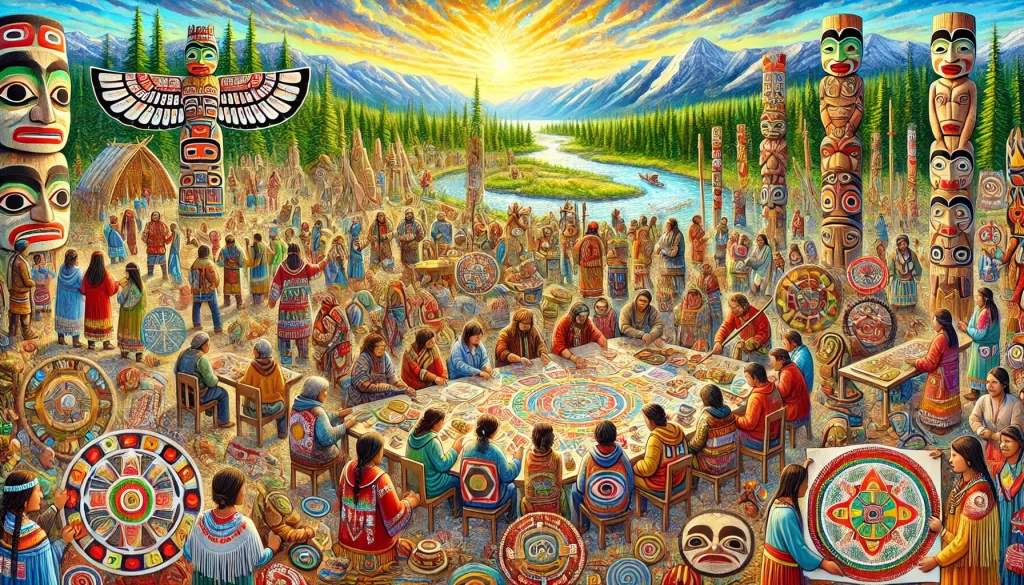
- Connection to Tradition
Indigenous art often embodies the traditions, stories, and spirituality of a community. Creating and engaging with art helps individuals reconnect with their heritage, fostering a sense of identity and belonging. This connection to tradition can be incredibly therapeutic, providing a source of strength and comfort.
- Expression of Emotions
Art provides a safe space for individuals to express their emotions and experiences. In Indigenous communities, art forms such as painting, beadwork, and carving allow people to convey feelings that might be difficult to put into words. This expression can be a crucial step in the healing process, helping to release pain, grief, and trauma.
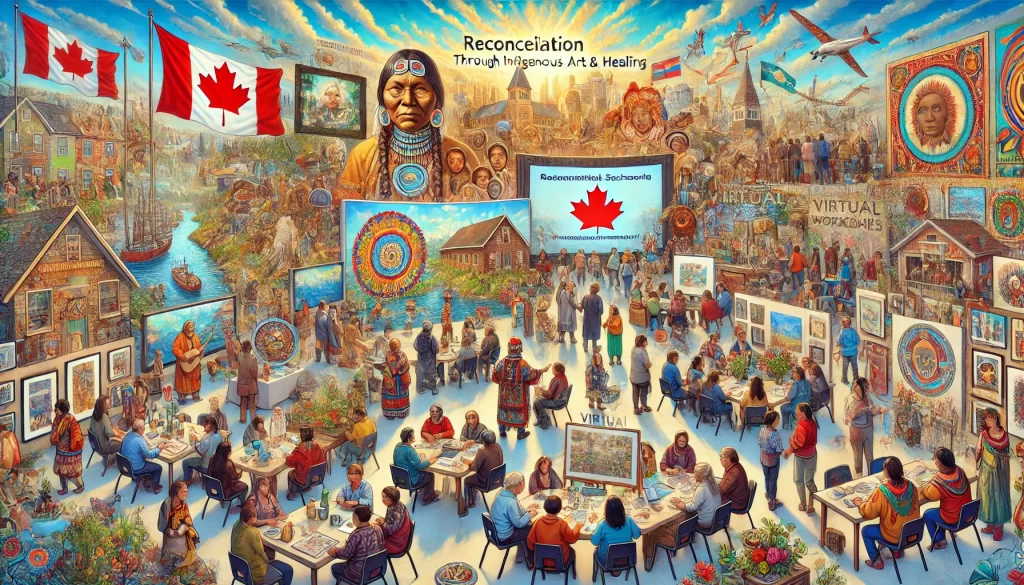
- Community Bonding
Creating art is often a communal activity in Indigenous cultures, bringing people together and strengthening social bonds. Group art projects, workshops, and cultural events provide opportunities for community members to support one another, share stories, and celebrate their culture. This sense of community can enhance mental well-being and foster collective healing.
- Spiritual Healing
Many Indigenous art forms are intertwined with spiritual practices. The process of creating art can be a form of meditation or prayer, allowing individuals to connect with their spirituality and find inner peace. Spiritual healing through art can help individuals cope with life’s challenges and find a sense of purpose and direction.
Reconciliation Through Art
Indigenous Art and Healing play a pivotal role in building understanding and promoting dialogue between Indigenous and non-Indigenous communities. Exhibitions, performances, and public art installations educate people about Indigenous cultures and histories, fostering empathy and respect. Events like the Truth and Reconciliation Commission of Canada’s art exhibitions highlight powerful stories of residential school survivors, bridging gaps between communities. Additionally, workshops, art shows, and cultural events create spaces for conversation, allowing people from diverse backgrounds to share perspectives and learn from one another. Programs like Woca’s virtual workshops and exhibitions offer platforms for these critical conversations, advancing reconciliation through mutual understanding and respect.
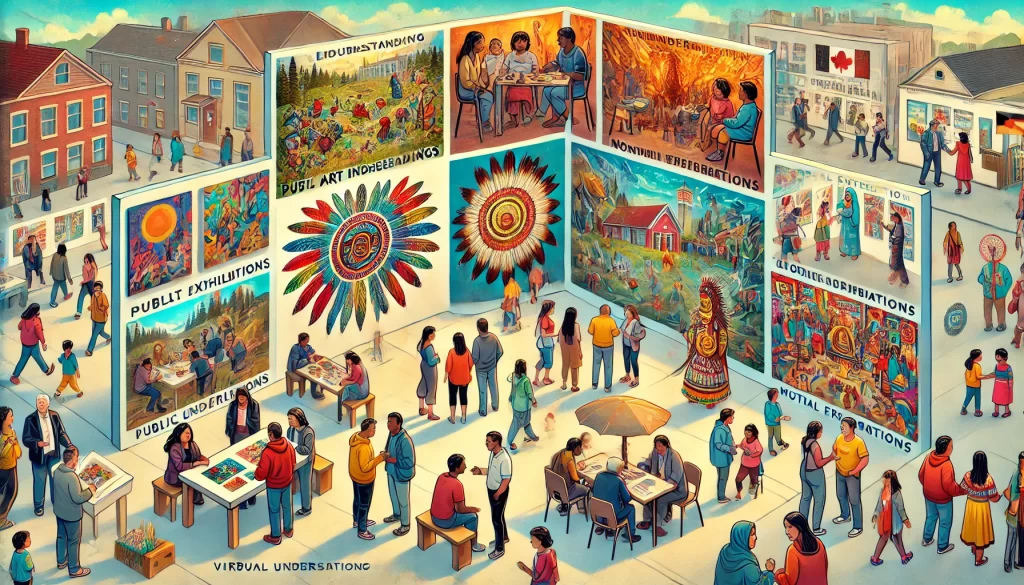
- Building Understanding
Art helps build understanding between Indigenous and non-Indigenous communities. Exhibitions, performances, and public art installations educate people about Indigenous cultures and histories, fostering empathy and respect. Events like the Truth and Reconciliation Commission of Canada’s art exhibitions have showcased powerful artworks that tell the stories of residential school survivors, helping to bridge the gap between different communities.
- Promoting Dialogue
Art creates spaces for dialogue and conversation. Workshops, art shows, and cultural events allow people from different backgrounds to come together, share their perspectives, and learn from each other. Programs like Woca’s virtual workshops and exhibitions provide platforms for these important conversations, promoting reconciliation through mutual understanding and respect.
Christi Belcourt
Christi Belcourt is a renowned Métis artist, author, and activist, known for her stunning beadwork-inspired paintings that celebrate the natural world and Indigenous culture. Born in 1966 in Scarborough, Ontario, Canada, Belcourt grew up in a family deeply connected to their Métis heritage. Her father, Tony Belcourt, is a prominent Métis rights leader, and this strong cultural background has profoundly influenced her art and activism.
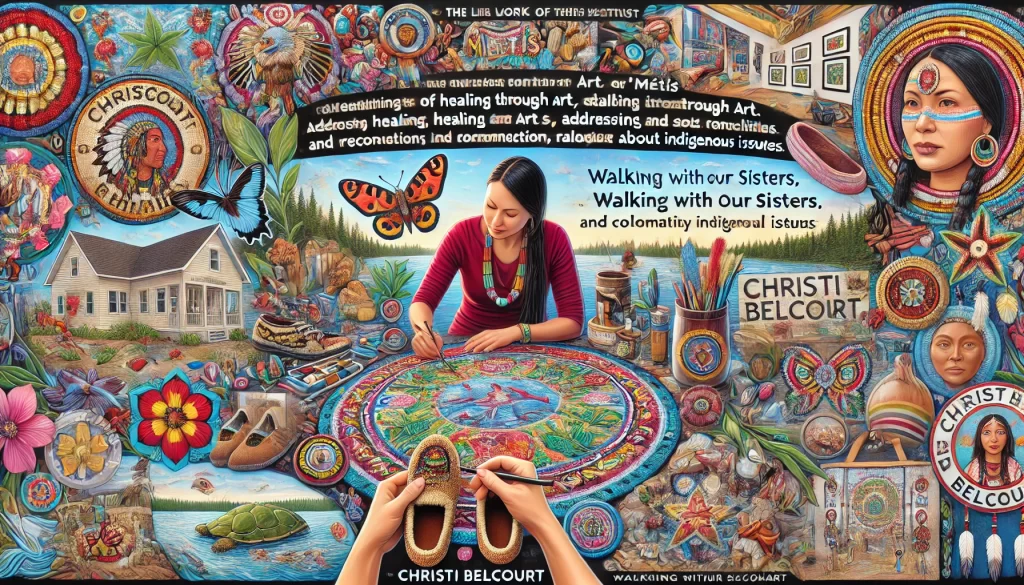
- Healing Through Art
Belcourt’s art is a powerful medium for healing, both for herself and her community. Her intricate paintings, which often mimic traditional beadwork patterns, are filled with vibrant colors and detailed depictions of plants, animals, and other elements of nature. These works not only celebrate the beauty of the natural world but also serve as a form of meditation and spiritual connection for Belcourt.
- Addressing Trauma
One of the most significant aspects of Belcourt’s work is her commitment to addressing social issues and historical traumas through her art. Her paintings often touch on themes of resilience, survival, and the interconnection of all life. By focusing on these themes, Belcourt helps to process and heal the collective trauma experienced by Indigenous peoples, particularly the impacts of colonization and the crisis of Missing and Murdered Indigenous Women and Girls (MMIWG).
- Community Projects
Belcourt is also known for her collaborative community art projects. One such project is “Walking With Our Sisters,” a commemorative art installation honoring the lives of missing and murdered Indigenous women, girls, and Two-Spirit people. The installation features over 1,800 pairs of moccasin vamps (tops), each handcrafted by volunteers from across North America. This powerful project provides a space for collective mourning, remembrance, and healing, bringing together communities to honor the lost lives and raise awareness about this ongoing issue.
- Promoting Healing and Reconciliation
Through her art, Christi Belcourt promotes healing and reconciliation. Her works are exhibited in galleries and museums worldwide, where they serve as educational tools that foster understanding and respect for Indigenous cultures. By sharing her art and the stories behind it, Belcourt helps to bridge cultural divides and encourage dialogue about Indigenous issues, contributing to broader efforts towards reconciliation.
How Woca Can Help about Indigenous Art and Healing
Woca is dedicated to supporting artists, art students, and community members in their healing journeys through Indigenous arts. Here’s how Woca can help:
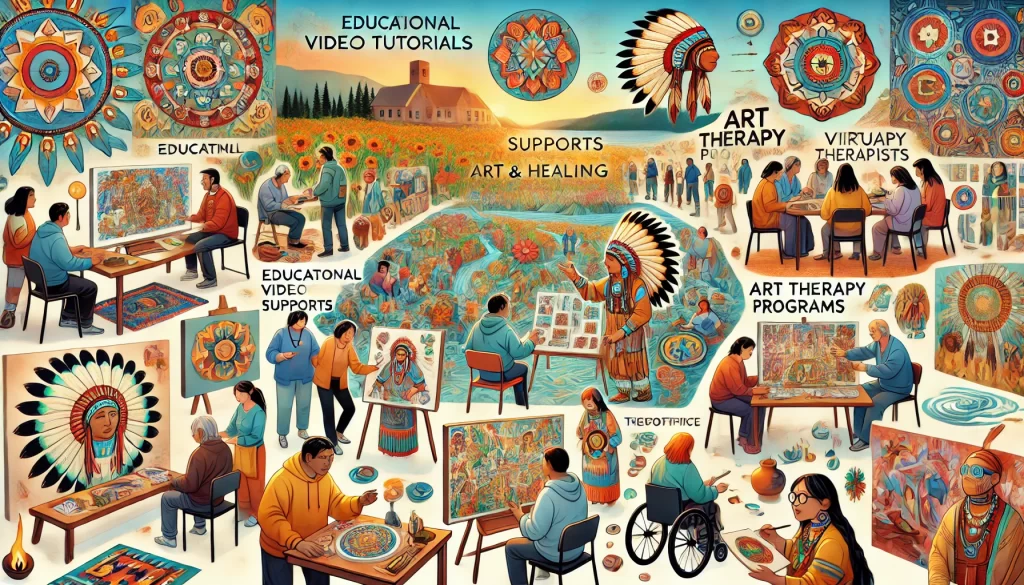
- Educational Resources
Woca provides a wealth of educational resources, including video tutorials, articles, and workshops, to help individuals learn about Indigenous art forms and their therapeutic benefits. These resources are designed to be accessible to everyone, from beginners to experienced artists.
- Virtual Workshops
Woca offers virtual workshops led by experienced Indigenous artists. These workshops provide hands-on learning experiences, where participants can create art, share their experiences, and receive guidance and support. Engaging in these activities can be a therapeutic outlet, helping participants find relief and relaxation.
- Community Support
Woca fosters a supportive community where artists and art enthusiasts can connect, share their work, and encourage one another. This sense of community is vital for mental well-being, providing a network of support and understanding.
- Art Therapy Programs
Woca collaborates with art therapists to develop programs that integrate Indigenous art forms into therapeutic practices. These programs are designed to help individuals cope with stress, anxiety, and trauma, using art as a tool for healing and self-expression.
- Showcasing Art
Woca provides a platform for Indigenous artists to showcase their work, helping them reach a wider audience and gain recognition. Sharing their art can be a validating and empowering experience for artists, contributing to their overall sense of well-being.
Conclusion
The therapeutic role of Indigenous Art and Healing in Indigenous communities is profound, offering a means of expression, connection, and healing. Platforms like Woca play a crucial role in supporting this process, providing resources, community, and opportunities for growth and healing through Indigenous Art and Healing. By engaging with art, individuals and communities can find strength, resilience, and peace.
